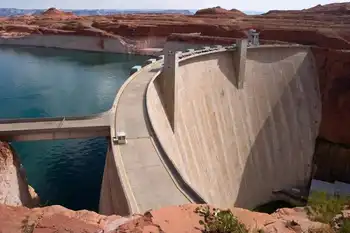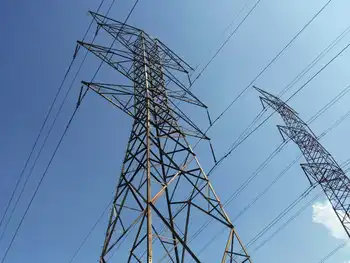Canada's power sector welcomes EPAÂ’s treatment of exports
By Canadian Electricity Association
CSA Z463 Electrical Maintenance
Our customized live online or in‑person group training can be delivered to your staff at your location.

- Live Online
- 6 hours Instructor-led
- Group Training Available
Under the new regulation, EPA has assigned each U.S. state a specific target for reducing GHG emissions from existing fossil fuel-fired power plants. The rule identifies a menu of solutions states can apply to meet their respective targets and affirms that the use of non-emitting resources from outside the U.S. is an acceptable strategy, so long as imported energy meets the same compliance conditions as non-emitting energy produced in the United States.
“In view of the urgent imperative to act on climate change, CEA applauds EPA for leaving the door open to states to seek GHG reduction benefits through Canadian electricity imports,” said CEA’s President & CEO, the Honourable Sergio Marchi. “Along with a diverse community of U.S. state, utility, business, and environmental partners, we believe that the integration of the U.S. and Canadian power systems can help maximize the clean energy potential of North America. We’re delighted to see this approach accommodated in this initiative, which represents the cornerstone of President Obama’s climate action plan.”
Since the Clean Power Plan was first announced in 2013, CEA has played a leading role in advocating for EPA to send a clear signal that U.S. states and utilities would have the flexibility to use exports of low- and non-emitting electricity from Canada as a GHG-reduction measure.
With abundant hydropower resources, a sizeable nuclear fleet, and expanding renewable production, Canada boasts one of the cleanest supply mixes in the world, with approximately 80 percent non-GHG-emitting generation. The vast majority of electricity exports to the U.S. involve the sale of surplus output from major hydro-producing provinces, such as British Columbia, Manitoba, and Québec, and from nuclear and hydro supplies in Ontario. Cross-border trade is expected to continue growing through development of new clean energy sources in Canada, such as the Lower Churchill hydropower projects in Labrador.
“The Canadian electric utility industry is well positioned to assist our American partners, and we can provide support in a manner which enhances system reliability and facilitates new growth in clean energy on both sides of the border,” added Mr. Marchi. “As the focus now shifts to implementing the Clean Power Plan at the state and regional level, CEA looks forward to working with EPA, states, and other stakeholders – in particular, on satisfying the criteria set forth by EPA to ensure a level playing field on which Canadian resources can contribute.”











